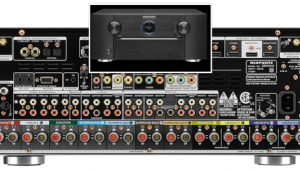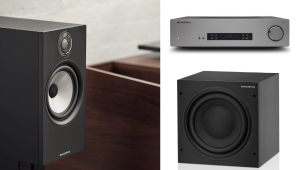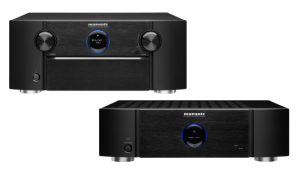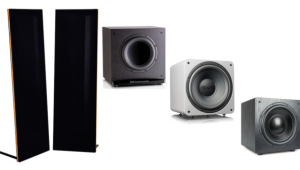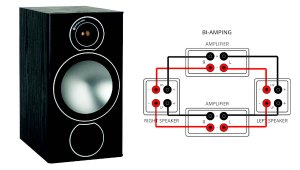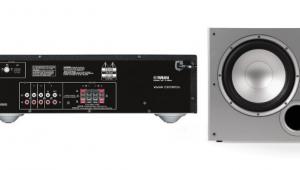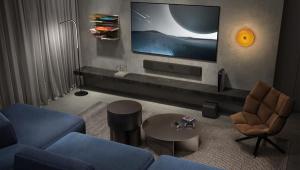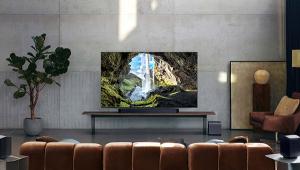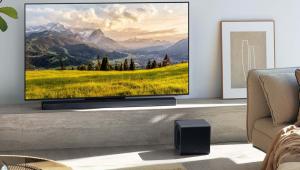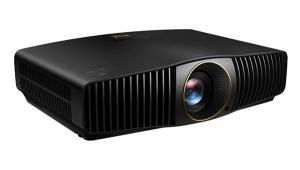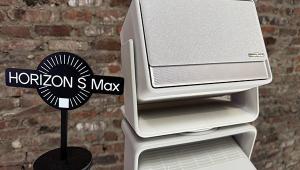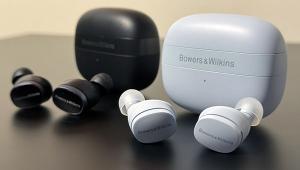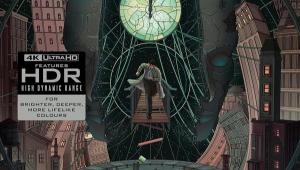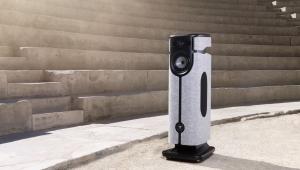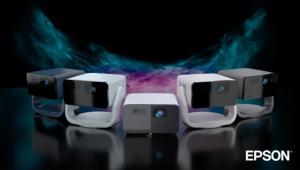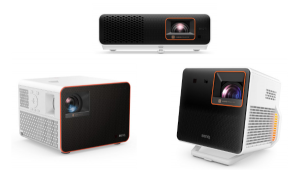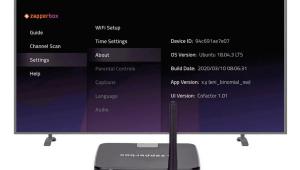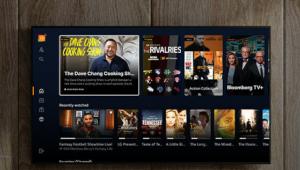UPS, MEMC, HTG

Power to the People
I'm buying a new HDTV for my girlfriend for Christmas, but her neighborhood has more then a few power outages a year. What kind of protection do you recommend?
Ron
With power outages, she needs an uninterruptible power supply (UPS), which includes a battery to maintain power for the connected electronics when the lights go out. However, the battery typically lasts only a few minutes after the outage begins, just long enough to safely power down the equipment until the main power is restored. Also, this is probably the most expensive type of power protection device, so be prepared to spend a few hundred dollars on it. Many companies make UPS devices, such as APC, Furman, and Tripp Lite.
Apple and Oranges
I've heard quite a bit about how LCD TVs blur detail during scenes with a lot of motion, and how this problem led to 120Hz and 240Hz refresh rates and frame interpolation. My understanding is that frame interpolation, not increased refresh rates, is responsible for the soap-opera effect. So does a 240Hz refresh rate without interpolation mitigate the blurriness? If not, why? Either way, does the higher refresh rate (again, sans interpolation) add or subtract anything noticeable to the image?
Secondly, I've seen comparisons recently in HT stores between the 240Hz rate of LCDs and the 600Hz subfield rate of plasmas. To me, this seems to be a dishonest comparison; am I correct that they're not comparing apples to apples here?
Nathan Daniels
Excellent and astute questions! You are exactly correct that frame interpolationalso called motion estimation/motion compensation or MEMCreduces motion blur while introducing the soap-opera effect; increased refresh rates have nothing to do with it, other than allowing frame interpolation to be performed. If you turn off frame interpolation, each frame is simply repeated several times, which does little to improve motion blur, nor does it add or subtract anything to the picture quality. Some LCD TVs flash the backlight on and off during each frame, which can mitigate motion blur somewhat.
You are also correct that comparing an LCD's refresh rate with a plasma's subfield rate makes no sense; this is indeed comparing apples to oranges. The technical explanation is beyond the scope of this answer, but it would make a good article, which you've inspired me to write sooner than later.
Clip List
On the recent episode of Home Theater Geeks with guest David Reisner, you mentioned that he has come up with a list of clips from well-known movies that test various aspects of a display, and that you would post it on UltimateAVmag.com. Unfortunately, I can't seem to find it. Can you point me to that list?
Ken Braunstein
Sure! Click here and scroll down past the photos. It's a useful list for demonstrating and testing displays.
If you have a home-theater question, please send it to scott.wilkinson@sorc.com.
